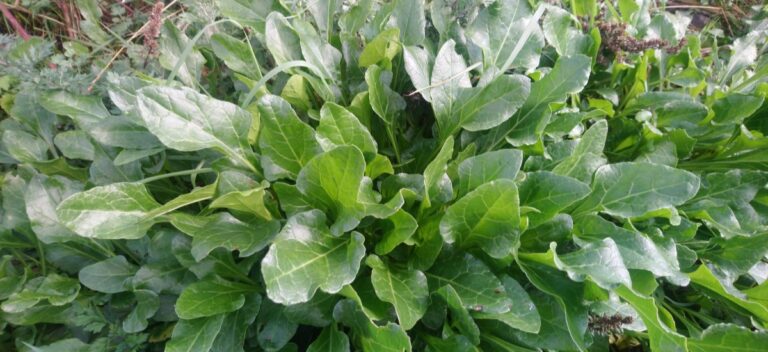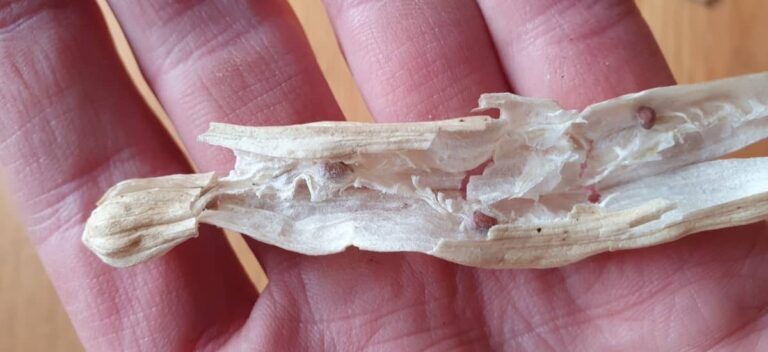Beanbasket
Growing Broad Beans for Drying
Recent archaeological digs have shown that fava beans (Vicia faba) were first cultivated in the Levant more than 10,000 years ago. This places them in close company with the domestication and early farming of cereals. They must have provided early farmers with the much needed protein which is lacking from grains. They can do the same for us today. Whilst most large agricultural societies have their own particular staple starch crop, e.g. maize, rice, wheat and potatoes, some form of beans are important to all.
Fava beans have been grown in Ireland since at least medieval times but they became widely used when the Normans set up shop here (the Normans had sussed crop rotating). Despite their Near East origins, fava beans grow well in Ireland and are happy in our wetter and cooler summers. In fact, they are one of the most cold hardy vegetables and some varieties can tolerate temperatures as low as -10°C. However, they can suffer from droughts, especially on light soils, and this is a bigger issue.
Field beans (aka tick beans) are smaller seeded fava beans which have generally been developed for tillage production. They are shorter than garden variety broad beans and are combine harvested on a large scale. They are the third most grown legume for livestock feed, a long way after soy and peas. This is the only market they are grown for in Ireland. In the UK, they also export them to the Middle East where humans appreciate them too. And in recent years the great work of Hodmedod’s has created more domestic interest for them and other UK grown pulses.
Yields of field bean in Ireland are 2 ton an acre. This equates to 500g per m2 which to me is a good yield for the space – even when translated into a garden setting. Anyone who cooks with dry beans knows that a few kilos goes a long way. Though field beans are still the best candidate for mass produced and cheap beans, I find them a bit bland. I suspect flavour was not a consideration when breeding them. This came to my attention when I cooked some of the Black Russian broad beans I had saved and noticed a more earthy and meaty flavour than the bought fava beans I had been cooking with.
For this reason, I am on the search for more varieties of broad bean which are well suited to growing as dry beans on a small scale. The aim would be to grow enough beans for a household for a year. The following traits interest me:
- Short enough to not need supporting (Broad beans range from 0.6m – 1.8m in height)
- Resistance to diseases – especially chocolate spot (I lost my crop of ‘Aquadulce’ to this in 2022)
- Synchronous ripening of pods
- Ability to ripen well in the oft wet and windy Irish late summer
- Flavour and nutritional content
- Yield (how it compares to field bean yields)

Clockwise from bottom: 'Aquadulce', 'Black Russian', 'Fuego' (Field Bean) & 'Purple Guatemalan'Fava beans will cross pollinate so to collect true to type seed I can only grow one variety a year. This year I am trying ‘Bolero’, a variety I sourced in Poland which is reputed to be early so might get ahead of the chocolate spot. At 110cm it is not overly tall and has stood up very well to the recent gale winds.
As far as I know, all varieties of garden broad bean are good for eating from their mature dried stage. Regarding the edibility of fava beans in general, there is the notable exception of favism – an apparently rare genetic disorder which causes allergic-like reactions and dangerous blood complications to those affected. The disease is hereditary and generally occurs within males of Mediterranean origin. I’ve not yet met anyone who told me they were affected by this.





